Living in a small town in the countryside, 30 kilometres from Düsseldorf, Germany, Florian Peters-Messer’s art collection of around 400 pieces is not to be neglected. His collection is intriguingly divided into four categories: political, architectural, psychological and abstract. Besides explaining why such categorization, Florian Peters-Messer shared with Larry’s List on why he decided to showcase over 300 works from his collection online, how he could buy almost the whole booth at a fair, what he bought two weeks ago at ARCO Madrid, and why a Thomas Hirschhorn was so difficult to acquire.
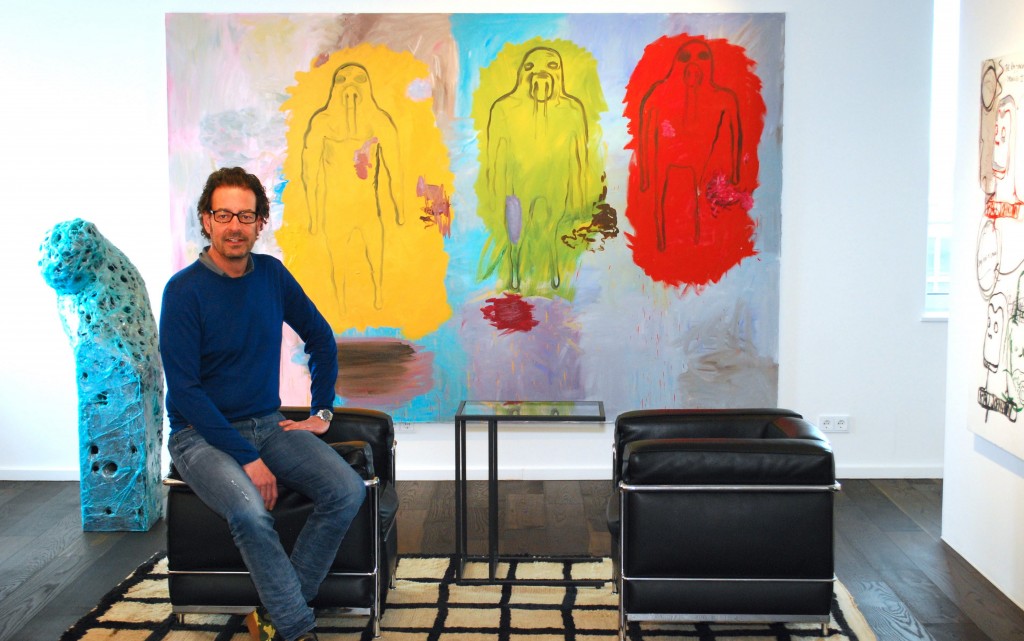
What made you want to start collecting art? What is the main motivation behind your collecting?
I started collecting approximately 20 years ago, when I was strongly involved in my business activities. In the beginning, I needed the exchange with art, in order to have intellectual and political inspiration to balance my life. In the meantime, it is a process of exchange with artists and an evaluation of artworks which keep me in an ongoing process of reflection of my own opinion – both politically and sociologically.
When did you fall in love with a piece of art? What was it?
The first works of art I bought in the beginning of the nineties were pieces by Martin Assig – a German Artist, who intrigued me with his enigmatic encaustics. Some years ago, I gifted these works to the Leipzig Museum der Bildenden Künste, as I was restructuring my collection and focusing more precisely on other topics.
The most influencing experience with art was the encounter with Thomas Hirschhorn and his installation pieces of art, focusing strongly on political and philosophical content. I learned, that art can change the point of view of how to perceive social and political structures and imbalances.
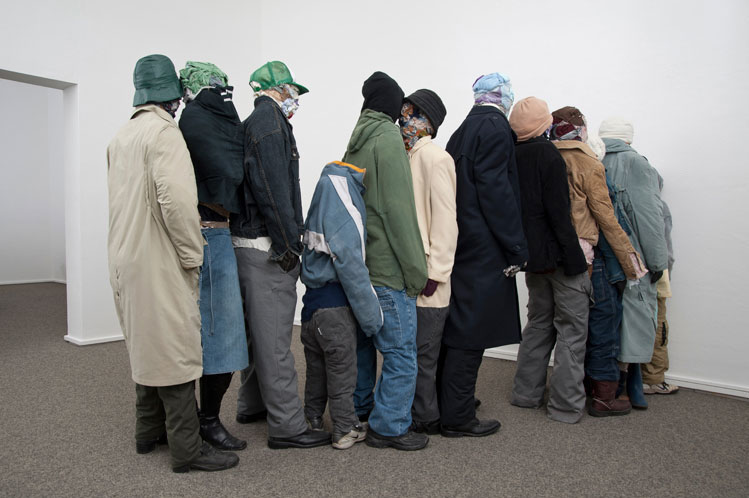
What is your focus regarding the artists in your collection? Are you more interested in emerging or renowned artists?
I am more interested in emerging artists as younger perspectives make me understand changes in society and politics as well as technological developments.
Your collection consists of four main categories of work. Why are you particularly interested in these categories? Anything to link/unite all the categories together?
I choose these categories (political, architectural, psychological, abstract) in order to define discipline in buying art. Of course, there are many other categories, which are fascinating, but having a more or less clear focus makes it easier to find my way through the art world – especially when I visit art fairs or research on galleries and artists.
I think these categories are well linked to each other. We live in a world, in which critical political discussion is reduced and the act of questioning whether something is right or wrong is diminishing. It is important for me to find artworks highlighting this.
Political issues have a very general impact on the human beings – on our behaviours and our psyche. Artworks showing this impact – often with a neurotic pattern, are of interest for me. Furthermore, politics and changes in our societies influence architecture and the way we cope with construction and deconstruction. As a result you find artworks which specially focus on this sociological impetus. Abstraction on the other side, can be a way out from confrontation with realities, which we perceive as a burden or incriminating. So here the focus I have is pure quality of beauty.
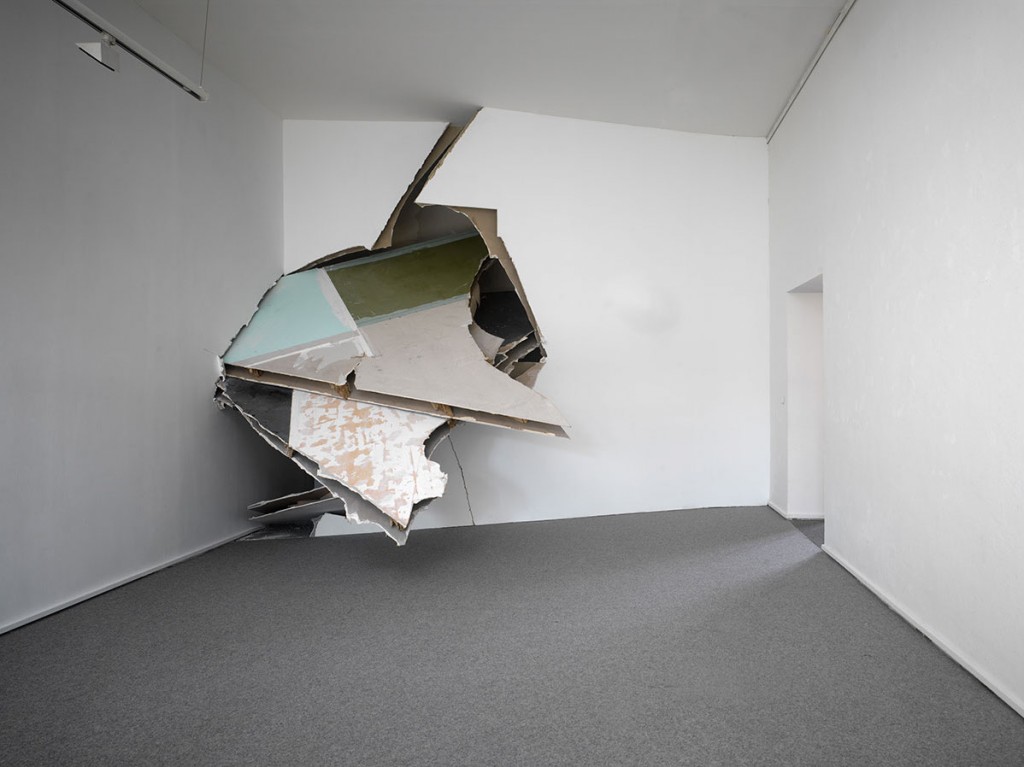
What was the first and the latest artwork you have purchased?
The first artwork I bought was a painting by Martin Assig; the latest piece was a painting by Carlos Bunga, a Portuguese artist, two weeks ago at ARCO Madrid.
How many artworks do you own? Where do you display your collection?
I own approximately 400 artworks, of which some are installations or series with more than 50 individual works. I have some 50 to 60 works regularly in my private home; I loan pieces to exhibitions all over Europe; and currently I am preparing three shows in collaboration with museums in Germany.
You had some exhibitions before to showcase your collection. How was the experience?
Showcasing pieces from my collection was a very exciting but sometimes even worrying experience. I have a very personal approach to the art I collect and having a curator making the choice for an exhibition sometimes reveals a completely different perception of what I have gathered. However, this different perspective especially enlarges my understanding of the individual piece and the communication among pieces, which I perhaps have never looked at before.
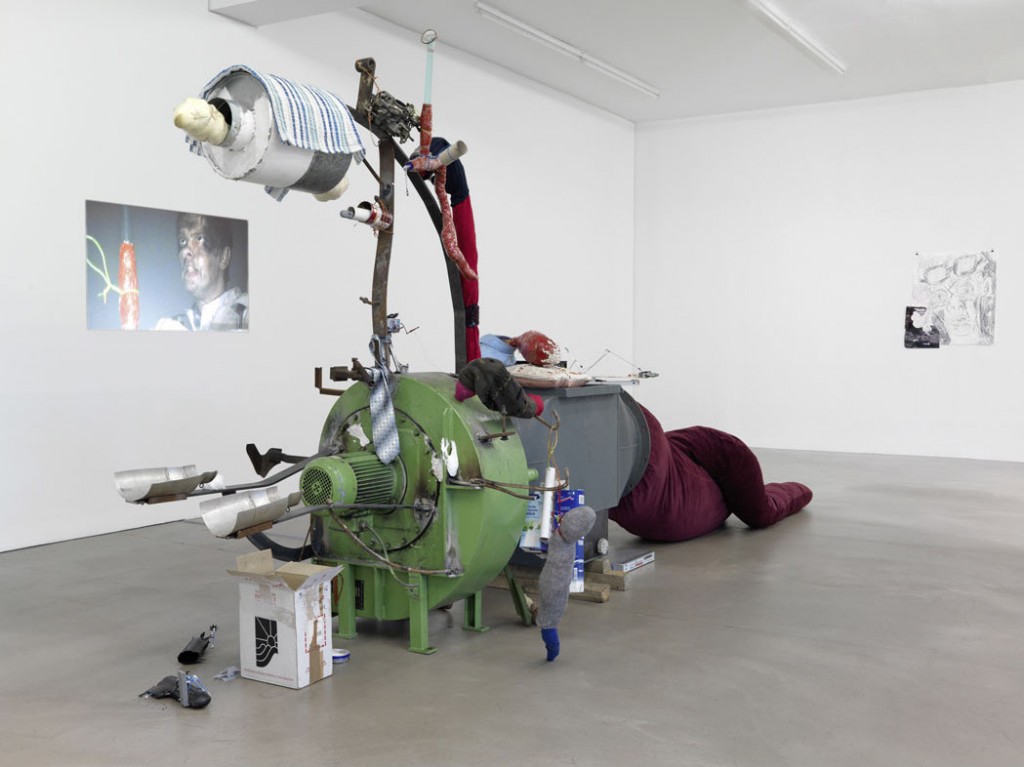
Over 300 works from your collection are being shown on your collection website. Why would you decide to showcase your collection online?
Collecting art is a very individual process, but I am convinced that art is not really something you possess and just to be shut away in your storage. As I don’t want to have a museum, showcasing my collection on my website enables a larger public, to share my passion for the choice of art I made. Curators are able to find artists and artworks for possible exhibitions, and it facilitates my life as a collector when getting in contact with new galleries. Sometimes it is difficult to make a gallerist understand that I am not an investor looking for new “hot stuff”, but that I have a serious and trustworthy approach in buying art. Some months ago, I wanted to buy pieces from the Iranian Artist Arash Hanaei – who has a very political and critical position. The gallery wanted to have it placed in a good collection, and after they had a look at my website, I could buy almost the whole booth at the fair in Copenhagen.
How far does online collection replace actual physical exhibitions?
The online catalogue cannot replace exhibitions. The physical and, therefore, emotional experience can only be made when you see a piece of art. Only then you grasp what the artist intends.
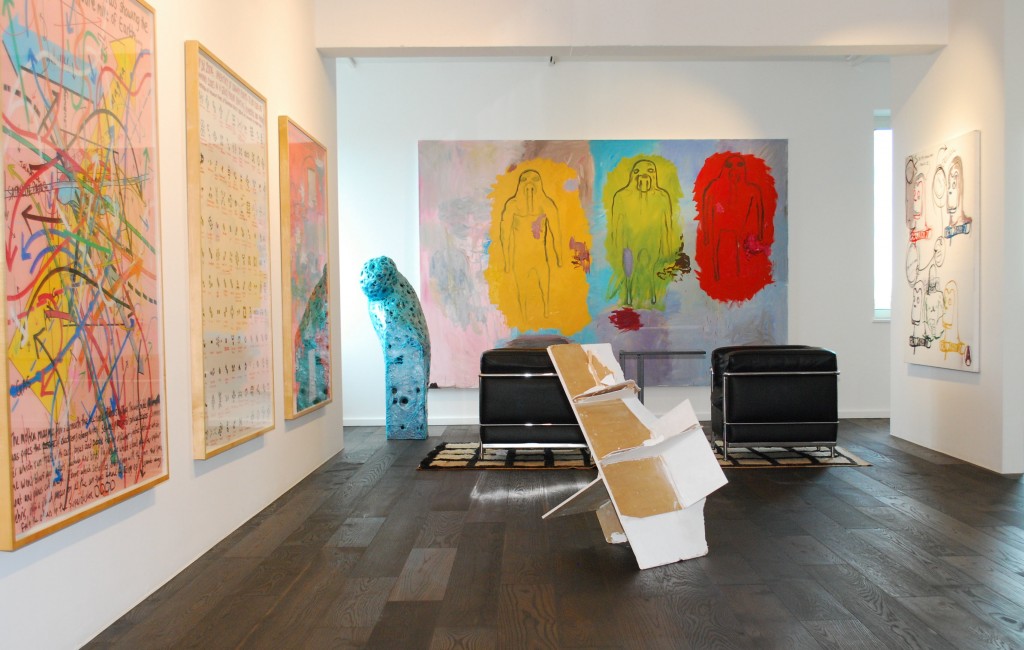
Gereon Krebber, Bjarne Melgaard, Bjarne Melgaard;
and sculptures by Felix Schramm. Courtesy of Florian Peters-Messer.
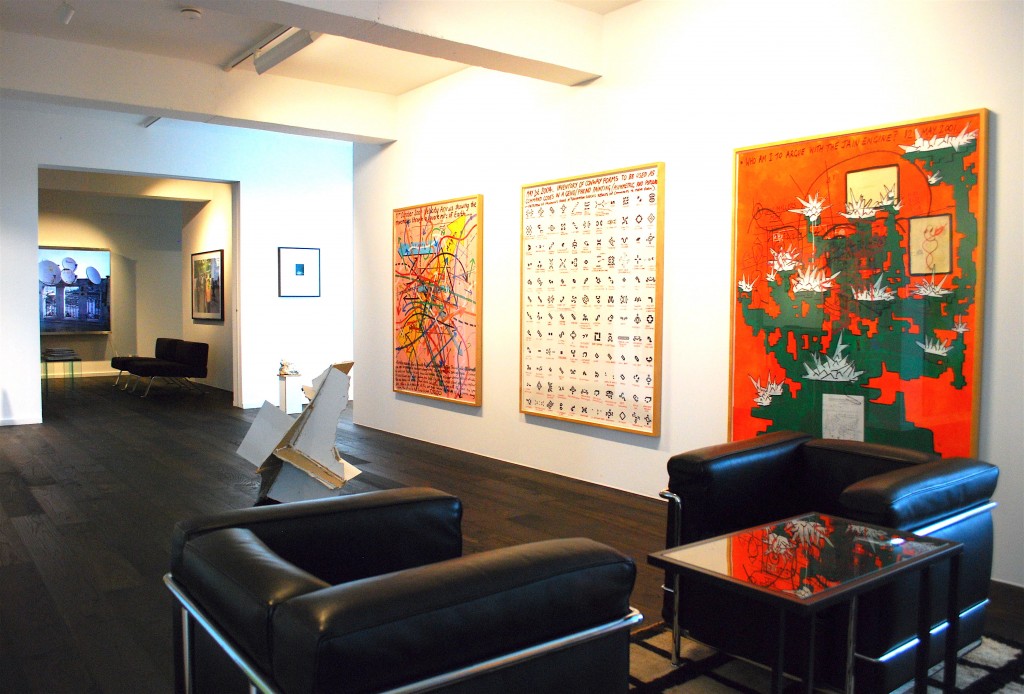
What considerations guide you to make a purchase?
First of all, it is always curiosity – to research art – to touch unknown territory is one of the most exciting things I guess, but after the first impression, I try to have a deeper understanding of the body of works of an artist. It can never be only one piece that intrigues me – it should be a convincing process in the artist development, as I collect in depth when I am fully convinced by an artist. In this context, exhibitions in museums or especially the German “Kunstvereine” is of great importance for me. And finally, a piece of art should make a meaningful and logic completion of my collection. So once again, the four categories help to guide my decision.
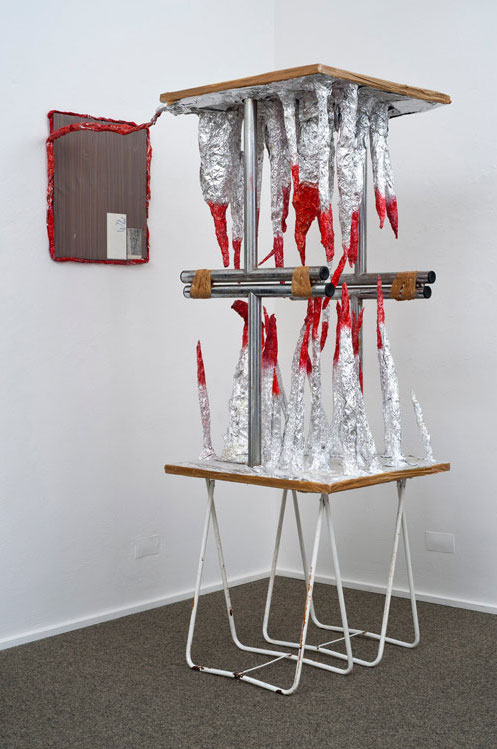
What is your most treasured artwork?
It is Thomas Hirschhorn’s “art center blow down”, which was difficult to acquire, as it was coming from a very famous American collection. It was a hard struggle – but it was worthwhile as it is a major piece of the artist, and I really love it.
How important is it for you to meet the artists who created the artwork?
I don’t think it is important – if you make good research in the net, on youtube or studying catalogues and critics, the direct contact with an artist is not substantial for the understanding of artwork. Nonetheless it can be a wonderful experience to come to know fascinating personalities. But out of my view, this is solely a private and personal thing.
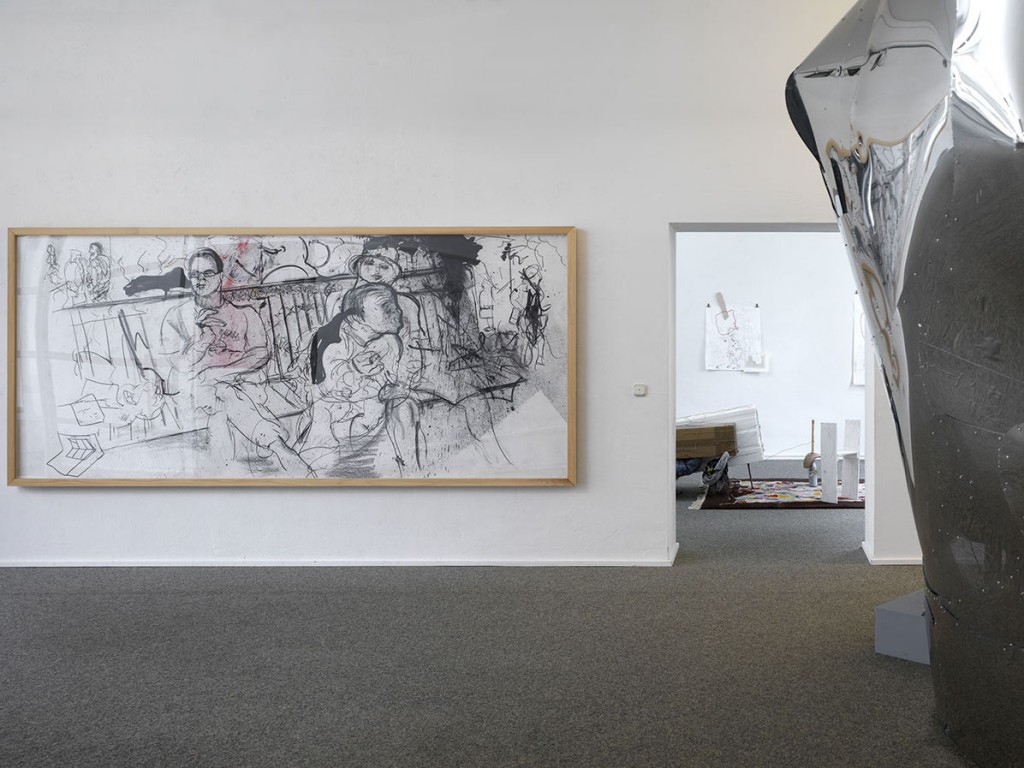
The Art World
Who inspires you the most in the art world?
Artists with a strong political, philosophical or sociological impetus like Thomas Hirschhorn, Erik van Lieshout, Julian Röder.
How is the contemporary art scene in your city? How would you like to boost it?
I am living in a very small town in the countryside, 30 kilometers from the next larger city – Düsseldorf. We have a small museum which I support –with pieces from my collection, with funds, when exhibitions have to be realised or acquisitions for the local sculpture garden have to be financed.
Can you name three emerging artists who should be on our radar?
Julian Röder – German Photography
Kiko Perez – Spanish – works on paper
Yvon Chabrowski – German – Video
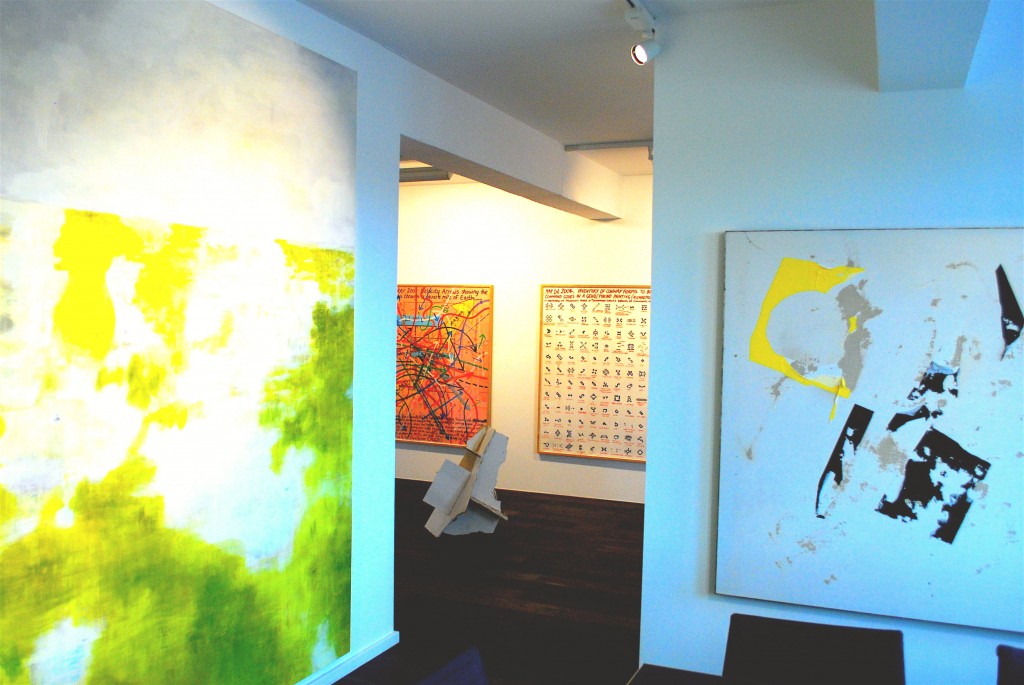
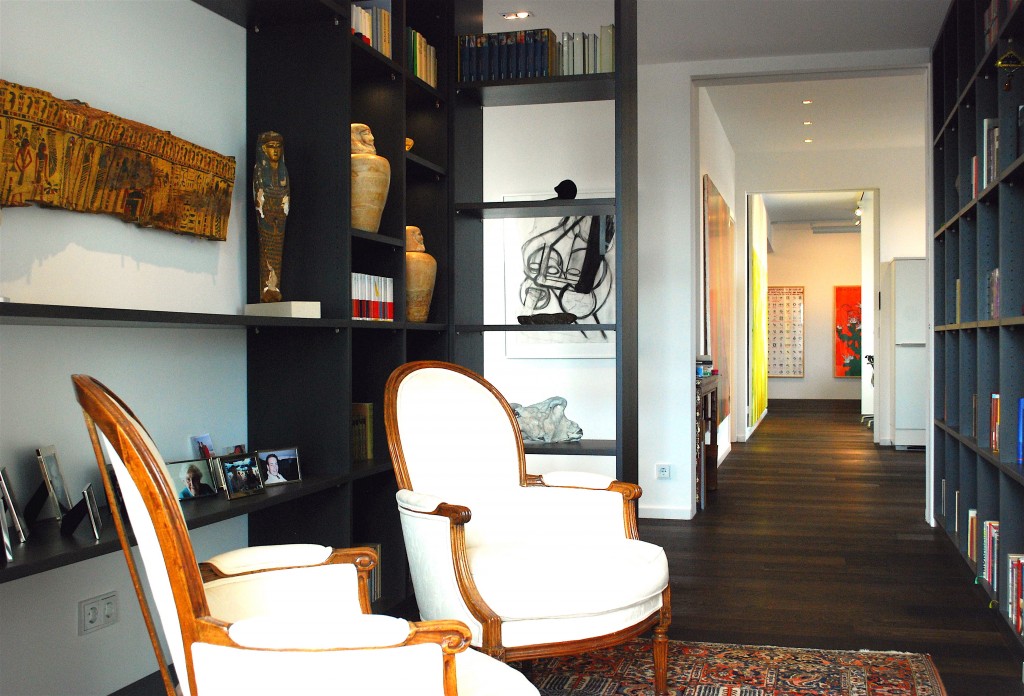
Related: Sammlung Peters-Messer
A selection of artists Florian collects:
Erik van Lieshout
Felix Schramm
Iris Kettner
John Bock
Thomas Hirschhorn





